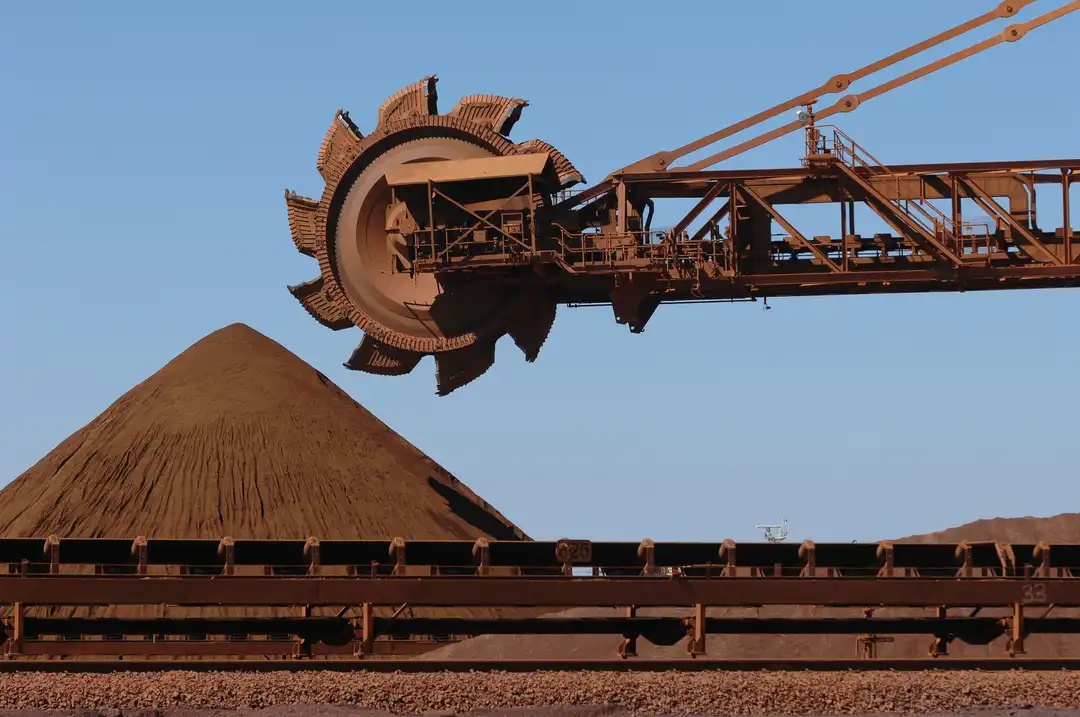
Australia's largest aluminum smelter, which is controlled by Rio Tinto $RIO (+0,52 %)
$RIO (+1,42 %) may have to cease operations when its current electricity supply contract expires in 2028 due to rising electricity prices.
Tomago Aluminum announced on Tuesday that the company had "reached a point where it will need to consider ceasing operations at the end of its current electricity supply contract".
》Rio Tinto owns around 52 percent of Tomago Aluminum《
The smelter has been looking for an "economically viable energy solution" since 2022 to replace its existing electricity supply contract with Australian energy supplier AGL Energy when it expires, as Tomago announced on its website. However, the company has not yet found an option that would allow it to continue operations beyond 2028.
Rising energy costs are putting a strain on energy-intensive smelters in many parts of the world. In Australia, government representatives recently announced support for Glencore's Mount Isa copper smelter and Townsville refinery, among others.
At Tomago, electricity accounts for more than 40 percent of ongoing operating costs, and the smelter is the largest single consumer of electricity in New South Wales, Australia's most populous state.
"Unfortunately, all market proposals received to date indicate that future energy prices are not economic and there is significant uncertainty as to when renewable energy projects of the scale we require will be available," Tomago Aluminum CEO Jerome Dozol said, according to the release.
No decision has yet been made on the future of the smelter, Dozol said. The company is talking to all its "stakeholders about a viable way forward for Tomago" and has started to consult employees. This process is set to continue until November 21.
Tomago Aluminium is a joint venture between Rio Tinto, the Australian leasing company Gove Aluminium Finance, which holds 36 percent of the shares, and the Norwegian company Norsk Hydro with a stake of around 12 percent. The smelter has been in operation since 1983 and can produce up to 590,000 tons of aluminium annually, which corresponds to almost 40 percent of Australian production.



